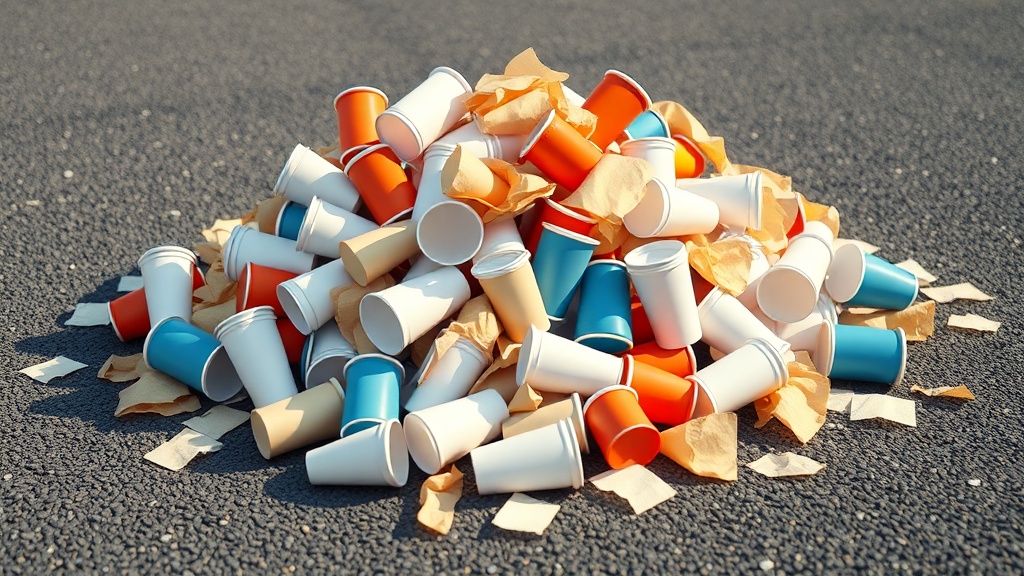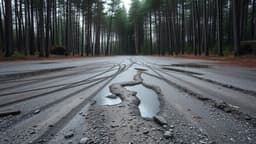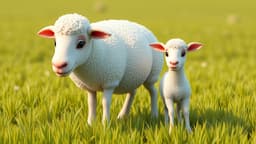Home / Environment / Scotland Recycles More, But Half of Household Waste Still Ends Up in Landfills
Scotland Recycles More, But Half of Household Waste Still Ends Up in Landfills
28 Oct
Summary
- Recycling rates in Scotland have risen slightly
- Over 50% of household waste could be recycled but ends up in general bins
- Research shows food waste is the largest single waste type in residual waste

According to the latest household waste statistics published by the Scottish Environment Protection Agency (SEPA), recycling rates in Scotland have risen slightly as of 2025. However, the data reveals that more than half of the waste going into general bins could actually be recycled.
SEPA's chief operating officer for regulation, business and environment, Ross Haggart, emphasizes the importance of households making better use of existing recycling schemes. Research from Zero Waste Scotland estimates that around 52% of the residual waste, or 550,000 tonnes, is made up of materials that can typically be recycled, such as food waste, paper, cardboard, and plastic.
Furthermore, food waste remains the largest single waste type in the residual waste stream, accounting for approximately 330,000 tonnes per year. Haggart stresses that by improving recycling and reducing waste, Scotland can decrease the need for energy-from-waste facilities and support the country's transition to a circular economy.




